Khaen Koshi 01
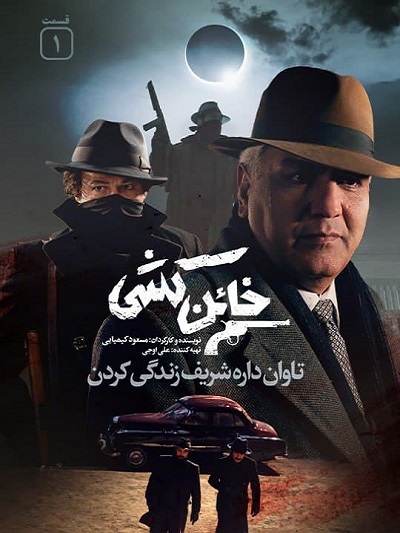
In the early years of the 1930s in the SH (Solar Hijri) decade, a group of patriotic and freedom-seeking individuals plan to carry out a bank heist operation targeting the National Bank. Their goal is to gather the necessary funds for the National Loan of Dr. Mohammad Mossadegh. However, not everything goes according to their plan…
Director
Masoud Kimiai
Cast
Ali Oji
Amir Aghaee
Amirreza Delavari
Andisheh Fooladvand
Elham Hamidi
Farhad Aeesh
Fariba Naderi
Hamidreza Azarang
Mehran Modiri
narges mohammadi
Pantea Bahram
Pardis Pourabedini
Poolad Kimiyaee
Reza Yazdani
Sam Derakhshani
Sam Noori
Sara Bahrami
Sepand Amirsoleimani
Shakib Shajareh
In 1930 the first Iranian silent film was made by Professor Ovanes Ohanian called Abi and Rabi. In 1933 he made his second film titled Haji Agha. Later that year, Abdolhossein Sepanta made the first Iranian sound film, entitled Lor Girl, which was released in 1933 in two Tehran cinemas, Mayak and Sepah. The story of the film was based on a comparison between the state of security in Iran at the end of the Qajar dynasty and during Reza Shah period. Sepanta would go on to direct movies such as Ferdowsi (the life story of the most celebrated epic poet of Iran), Shirin and Farhad (a classic Iranian love story), and Black Eyes (the story of Nader Shah’s invasion of India). In 1937, he directed Laili and Majnoon, an Eastern love story similar to the English story of Romeo and Juliet. The present day Iranian film industry owes much of its progress to two industrious personalities, Esmail Koushan and Farrokh Ghaffari. By establishing the first National Iranian Film Society in 1949 at the Iran Bastan Museum and organizing the first Film Week during which English films were exhibited, Ghaffari laid the foundation for alternative and non-commercial films in Iran. Early Persian directors like Abdolhossein Sepanta and Esmail Koushan took advantage of the richness of Persian literature and ancient Persian mythology. In their work, they emphasized ethics and humanity.
In the early 1970s, a New Iranian Cinema emerged (cinema motefävet). However, following the Revolution in 1979, a few filmmakers and actors went into exile as Khomeini altered the focus in features. Between 1979 and 1985, about 100 features were released. While Khomeini’s censorship remained, the small number of features produced focused on sexual display and European influence. In 1982, the annual Fajr Film Festival financed films. The Farabi Cinema Foundation then stepped in to try and reassemble the disorganized cinema. The following year, the government began to provide financial aid. This change in regime encouraged a whole new generation of filmmakers, which included female directors as well. With this, the focus shifted to children overcoming obstacles: true stories, lyrical, mystical drama, real-life problems, documentary footage, etc. Post-revolutionary Iranian cinema has been celebrated in many international forums and festivals for its distinct style, themes, authors, idea of nationhood, and cultural references. Starting With Viva… by Khosrow Sinai and followed by many excellent Iranian directors who emerged in the last few decades, such as Abbas Kiarostami and Jafar Panahi. Kiarostami, who some critics regard as one of the few great directors in the history of cinema, planted Iran firmly on the map of world cinema when he won the Palme d’Or at the Cannes Film Festival for Taste of Cherry in 1997. The continuous presence of Iranian films in prestigious international festivals such as the Cannes Film Festival, the Venice Film Festival, and the Berlin Film Festival attracted world attention to Iranian masterpieces
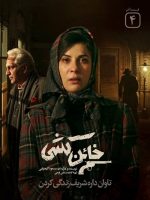
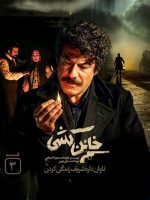

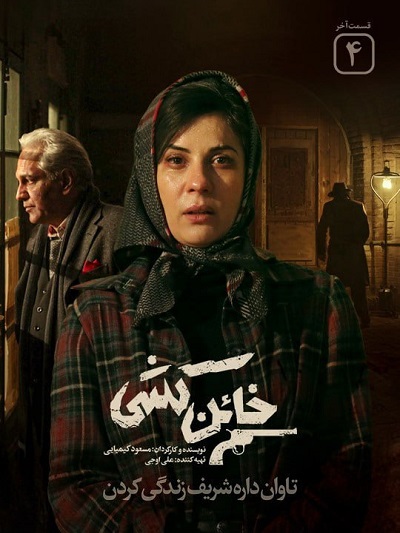
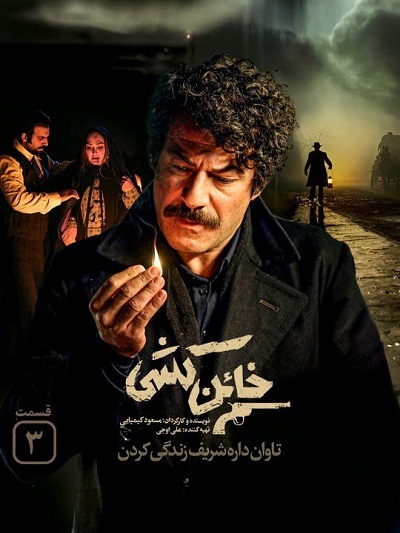
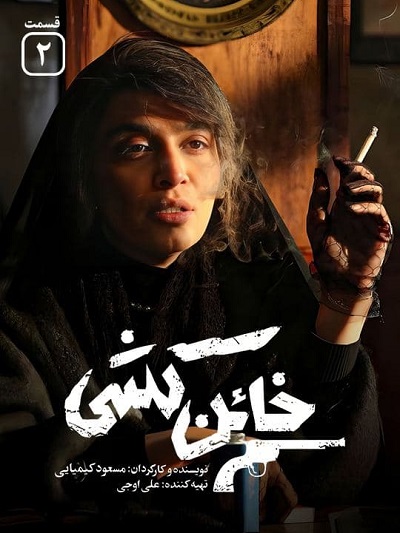
C’est parfait! It can’t be beat. kimiaie is not a ((maestro)), he is a genius & a natural born filmmaker.